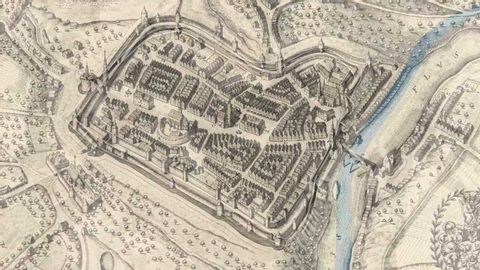
Subtitles & vocabulary
Görlitz/Zgorzelec - Urban development from 12th to 21st century
00
ya12081 posted on 2014/03/02Save
Video vocabulary
city
US /ˈsɪti/
・
UK /'sɪtɪ/
- Noun (Countable/Uncountable)
- Area with many buildings, roads and people
- A self-governing incorporated municipal organization.
- Adjective
- Relating to a city or urban area.
A1
More river
US /ˈrɪvɚ/
・
UK /ˈrɪvə(r)/
- Noun (Countable/Uncountable)
- Flowing water that runs from mountains to the sea
A1
More cross
US /krɔs, krɑs/
・
UK /krɒs/
- Adjective
- Angry and upset
- From one side of something to the other
- Transitive Verb
- To put one thing over another e.g. arms
- To breed one type of animal or plant with another
A2
More found
US /faʊnd/
・
UK /faʊnd/
- Transitive Verb
- To become aware of something that is happening
- To discover or meet by chance
A1TOEIC
More Use Energy
Unlock All Vocabulary
Unlock pronunciation, explanations, and filters
